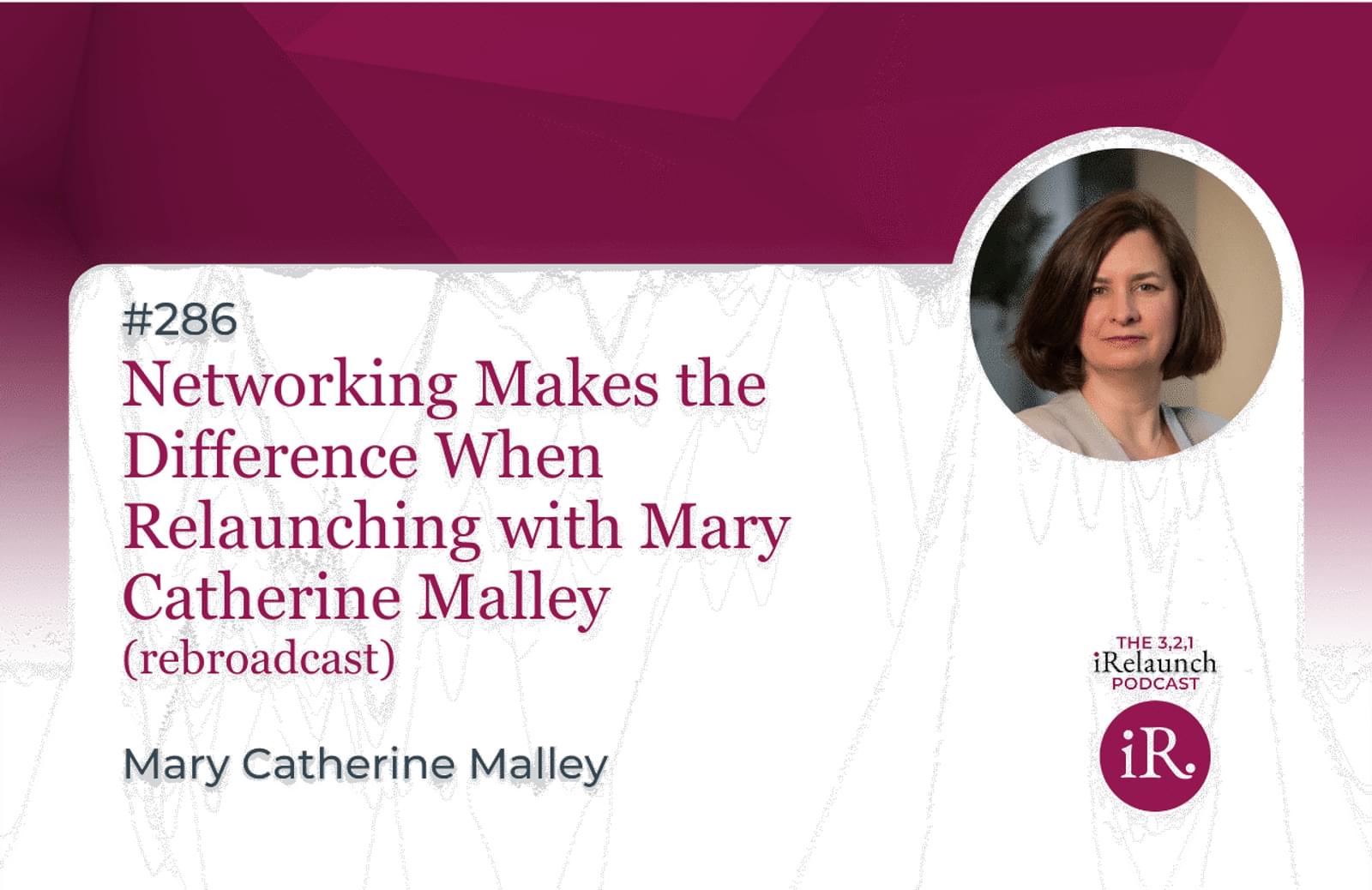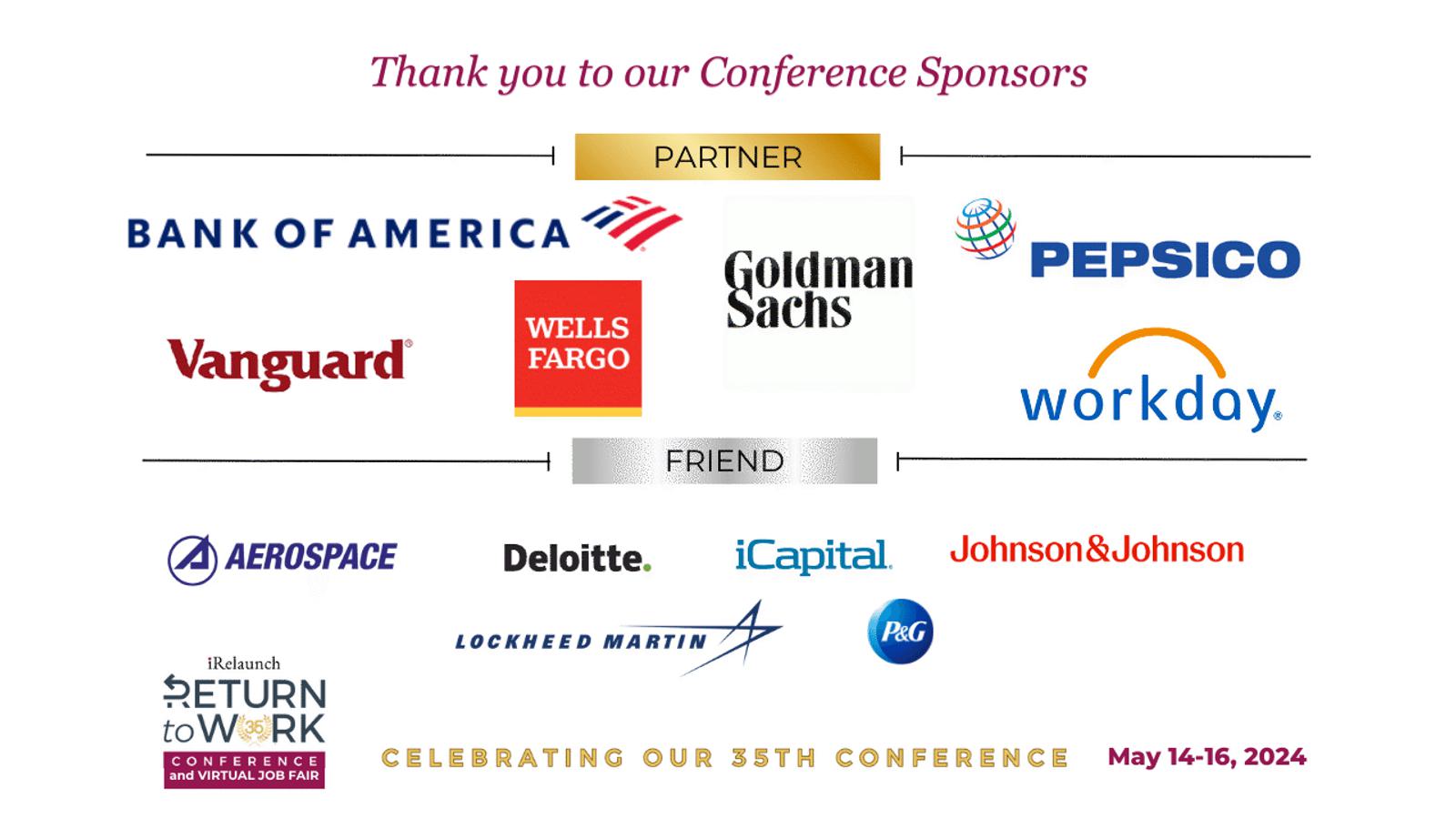March
is Women’s History Month in the United States – a month-long
celebration designated to “commemorating and encouraging the study,
observance and celebration of the vital role of women in American
history.” “Valiant Women of the Vote” pays homage to the ratification of
the 19th Amendment, honoring
"the brave women who fought to win suffrage rights for women, and for
the women who continue to fight for the voting rights of others." We
thought we’d take this opportunity to look at the history of women in
the workplace, the strides we’ve taken, and the hurdles we’ve yet to
clear.
In 1920, the Women’s Bureau in the US Department of Labor
was formed to “formulate standards and policies which shall promote the
welfare of wage-earning women, improve their working conditions,
increase their efficiency, and advance their opportunities for
profitable employment.” Prior to that time, female workers in the labor
market were generally young and unmarried, almost always leaving the
workforce upon marriage. The stigma about a married woman working
outside of the home was due to the nature of the job and its conditions.
However, these dirty and dangerous environments and long days of
repetitive work led to the early formation of many labor unions for
women. In 1920, the 19th amendment to the Constitution was ratified,
giving women the right to vote and thereby affording them more of a
voice in the workplace and beyond.
Toward the start of the 1930s, as high school enrollments and
graduation increased among women and the demand for office and clerical
workers grew with the proliferation of office technologies, more women
joined the workforce. During World War II, a massive government and
media campaign resulted in nearly 7 million women joining the workforce
in factories and shipyards to support the war effort and more than
400,000 women joining the military. Immediately following the war, the
Women’s Pay Act of 1945 – first ever legislation to require equal pay,
was introduced in Congress. However, it would take 18 years before an
equal pay bill would be signed by President John F. Kennedy.
The married women’s labor force participation continued to expand in
the 1950s to 1970s, Despite large gains in employment, married women
were still the secondary earners in their households. In the 1960s, as
the divorce rate increased and women married later in age, the need for
their economic independence grew. Women’s identities shifted from the
world of family and household to career. As the expansion of part-time
work opportunities for married women came about, there was an increase
in the number of married women in labor force.
On the suggestion of Esther Peterson, director of the Women’s Bureau
of the Dept of Labor, President John F. Kennedy established the first
national Commission on the Status of Women. In 1963 the Commission
issued a report detailing employment discrimination, unequal pay, legal
inequality, and insufficient support systems for women. That same year,
the Equal Pay Act was passed, requiring that men and women be given
equal pay for equal work in the same establishment. Specifically, the
EPA provides “that employers may not pay unequal wages to men and women
who perform jobs that require substantially equal skill, effort and
responsibility, and that are performed under similar working conditions
within the same establishment.”
In 1972 the Equal Rights Amendment
measure won congressional approval as the 27th amendment, 49 years
after it was introduced. However, it was defeated when only 35 states
passed the measure, three fewer than the 38 required for ratification.
Recently though, on January 30, 2020, three states (Virginia, Illinois,
and Nevada) urged a federal judge to declare that the proposed Equal
Rights Amendment as now part of the U.S. Constitution, after Virginia
became the 38th state to ratify it.
In the 1970s and 1980s, girls began to take more college preparation
courses in high school and female college attendance and graduation
rates grew relative to males. With the innovation of “the Pill” and
changes in state laws which provided access by single women, the 70s and
80s allowed women to plan their careers before planning families and to
be taken more seriously by their employers and advisors.
As dual-career families continued to grow, it became clear that
federal regulation would be important to support the working class who
desired to raise a family and/or required time off for illness-related
situations. In 1993, President Clinton signed the Family and Medical Leave Act (FMLA) to provide job-protected leave to employees who need time off to care for themselves or their families.
Despite these measures, employees still worry about negative
consequences of taking a career break. According to the 2019 Lean In “Women
in the Workplace Report,” over the last five years, “a majority of
employees have become new parents or dealt with a significant personal
or family health issue. About half of these employees took leave. Many
who did not take leave were able to handle the situation without a break
in work, but others point to concerns about work responsibilities, fear
that it might negatively impact their career trajectory, or financial
concerns. Moreover, more than 1 in 4 employees who took leave say it
hurt their career or finances—and this is particularly true for women.”
The report goes on to say that women feel more negative consequences
when they take leave: 20% of women who’ve taken a leave say it
negatively impacted their career, compared to 10% of men.
In 2007, Carol Fishman Cohen and Vivian Steir Rabin began their
research on mid-career professionals returning to work after a career
break and co-authored, “Back on the Career Track (affiliate link)”
on the subject. To research the book, they interviewed more than 100
women who had re-entered the workforce including Supreme Court Justice
Sandra Day O'Connor who returned to work after five years at home
raising her sons.
That same year, iRelaunch
was founded and by 2008, Cohen began studying the subject globally. Her
publications in the Harvard Business review, including the seminal article 'The 40-Year-Old Intern,’ along with numerous other articles, speaking engagements, and her TED talk, “How to get back to work after a career break”
with nearly 3.7 million views, have established her as the leading
expert on career re-entry and advocate for formal career re-entry
programs in the form of professional internships.
In the coming years, the mandate for a safe and respectful workplace
with the security to be able to report disrespectful and intolerant
behavior without fear of reprisal, work/life flexibility, and a
commitment to equal opportunity and diversity in all forms will
continue. Progressive organizations’ leadership will set the example of
fairness and acceptable behavior and will empower their employees to
build a more inclusive, safe, and flexible workplace. And iRelaunch will
continue to advocate for women and other professionals who have taken a
career break to return to work in positions that recognize their
experience, motivation, and value.
Sources:




